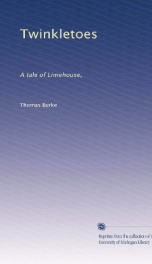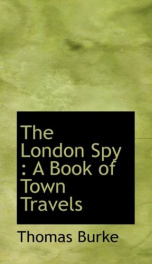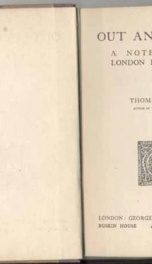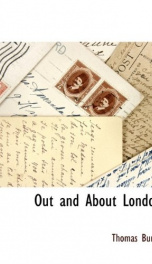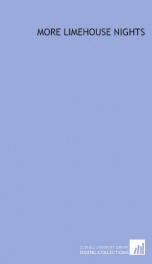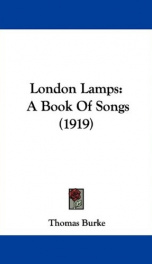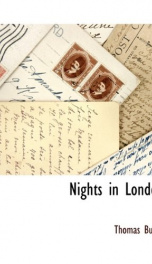catholic history of liverpool

CHAPTER I. No city or town in Great Britain, and few in IreIand, contains so many Catholics within its boundaries aa the city of Liverpool. This is due to its close proximity to Ireland. Indeed, it may be said with t r u t h t h a t Liverpool would not have risen into prominence at such an early date had not mccessive English monarchs from Henry the Second to William the Third recognised the great convenience afforded by the Mersey for the conquest of Ireland. In turn the Anglo-Irish difficulty and its consequences filled Liverpool with an enormous Irish population, which carried inta an essentially Protestaut community the ancient faith, and renowed in some forty churches the ritual and devotions which for many centuries were practised and observed in the pre-Reformation churches of iSralton, St. Marys del Key, and Bt. Nicholas. An Anglican weekly, commenting on the pageant festivities of 1907, observed that the Church of England did not figure as prominently as was desirable in the processions and tableaux that there was too much prominence assigned to events and incidents connected with the Roman Catholic Church in and around Liverpool. The complaint was well founded, though, had it been otherwiw, the pageant would have been shorn of much of its beauty, and, what is more important, would have been an untruthful representation of the past history of the town. Why, however, the Benedictine priory of Birkenhead was made so prominent a feature, and the ancient parish church of Walton ignored, puzzled many people who knew local history, to say nothing of no reference to the first church erected in the town, S t . Nary of the Quay. Save for the beautiful banner of St. Nicholaa, the old Worked by Mrs. Sacob and presented to St. Nichohs Pro-Clathodral, Copporas Rill, by Councillor A E. Jacob, J. P. A church in Chapel Street was set aside as if it had never existed, unless it be that St. Wicholas was not regarded as a parish church, as it was subject to Walton until the year 1699. The church of St. Mary at Walton dates back to Saxon times. Domesday Book records its existence, and the posses sion by its refiident clergy of an endowment of certain lands in Bootle. In the year A. D. 1094 Roger de Poictiers granted the tithes of Walton to the Priory of Lancaster, and a little later the church was added h the endowment of SS. Peter and Paul, Shrewsbary . Up to the reign of King Edward khe Fourth, the presentation b the living lay in the hands of the monks of the interesting town on the Severn, elevated by Pope Pius the Ninth into a cathedral city in the year 1850. The head of the Molyneux family bought the right of presentation, and entailed lands in Nottinghamshire on his brother, on condition that there was paid tha sum of forty shillings yearly to the priest who served at the high altar of IValton. In the valuation of Pope Nicholas, A. n. 1291, the value of the living is set down at forty-four pounds. It is related that Roberte Fizacreley was priste incumbent there of the foundation of John Mowbrzy, to sing Masses for the sowle of him and his antecessors. This is a disputed point. One writer says that the chai try was founded A . n . 1470, by Father Uohn Molyneux, rector of Walton, and third son of Sir Bichard Molyneux, who won his knighthood on the wellcontested field of Agincourt. The Molyneux family had an intimate connection with the ancient foundation of IVaIton. We find a MoIyneux rector in 1528, again in 1543, and 1557. Indccd thc Molyncuxs rcmained faithful until well into the ninsteenth century...
Users who have this book
Users who want this book
What readers are saying
What do you think? Write your own comment on this book!
write a commentif you like catholic history of liverpool try:
Do you want to read a book that interests you? It’s EASY!
Create an account and send a request for reading to other users on the Webpage of the book!

